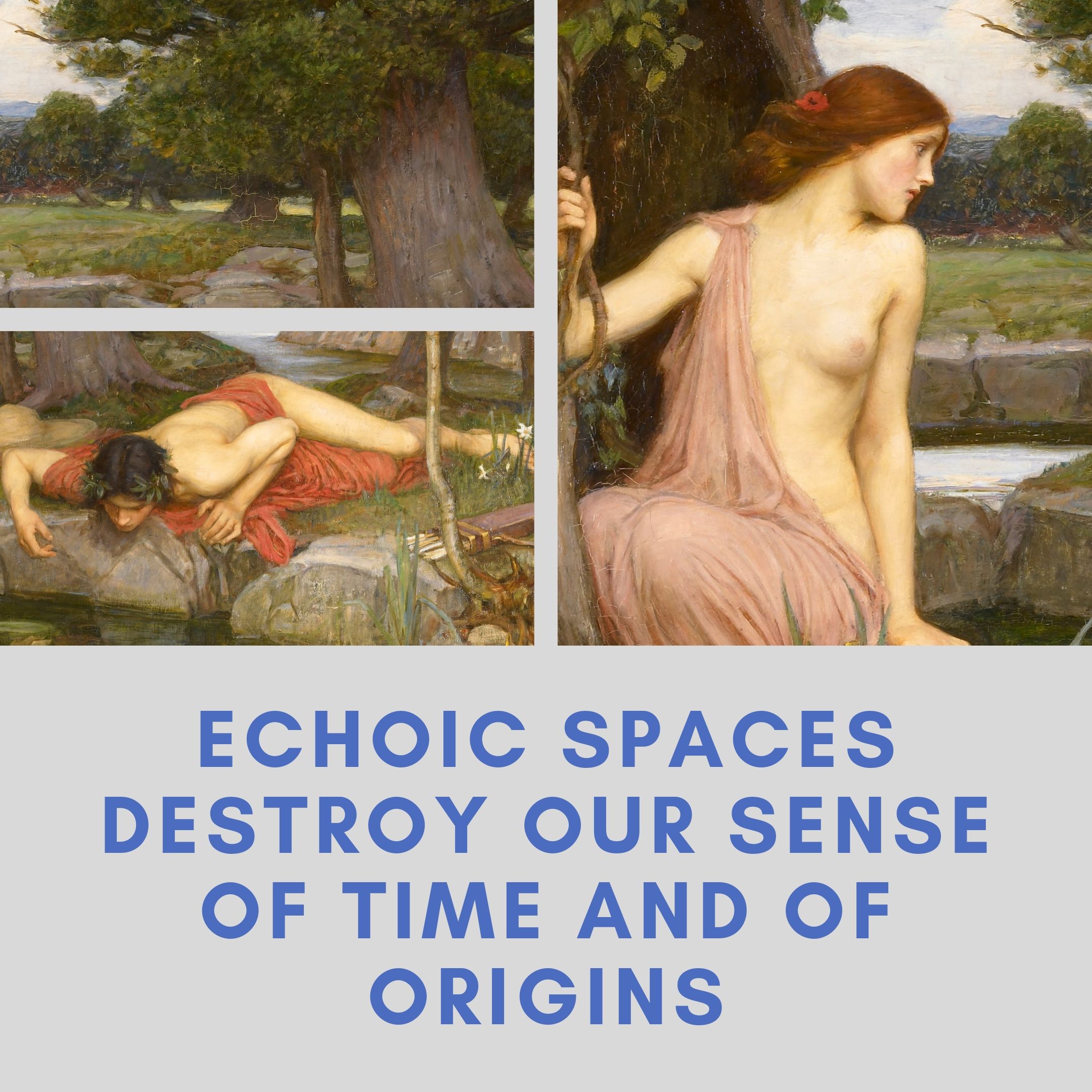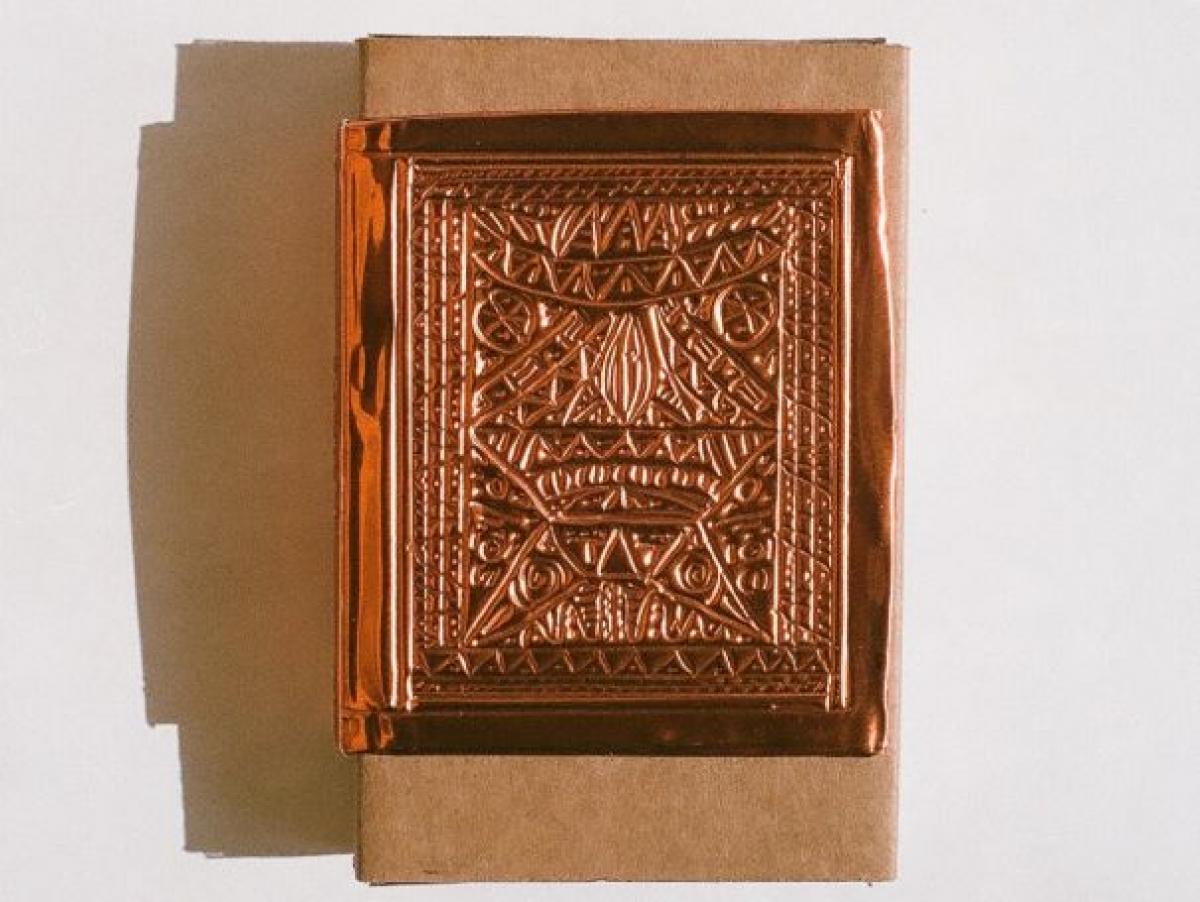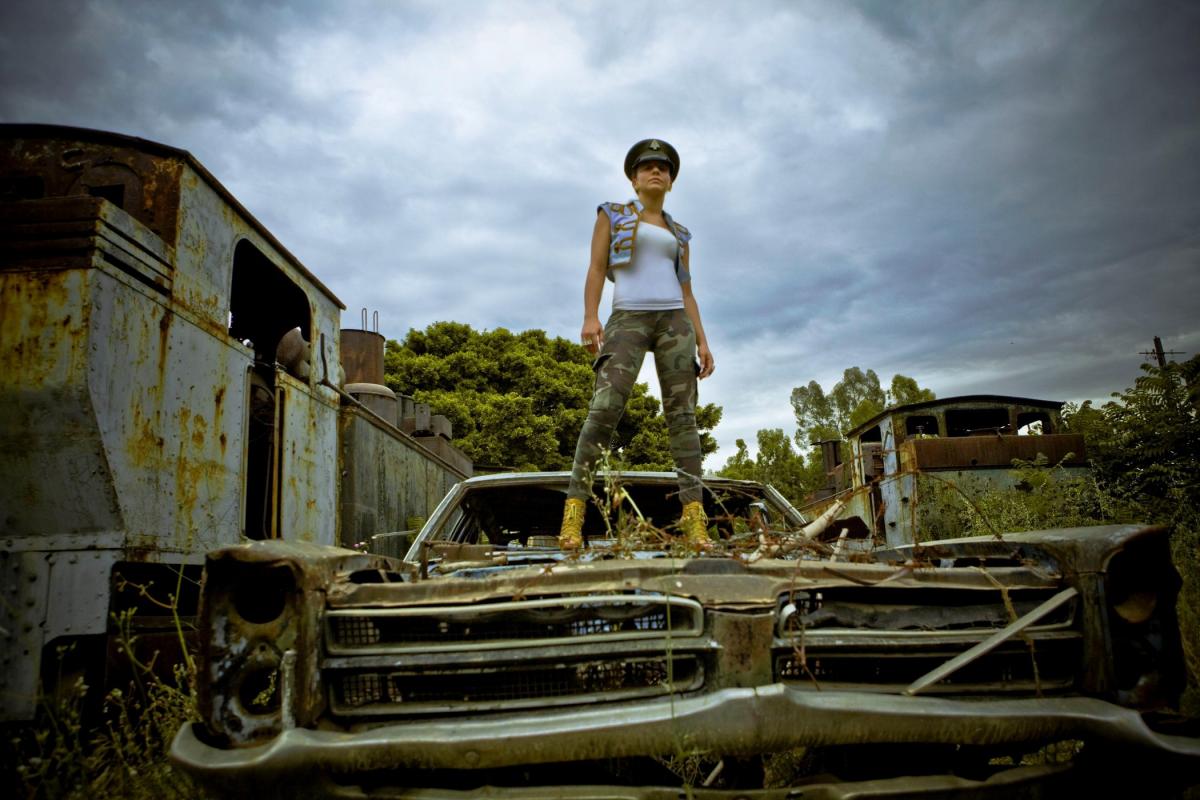
The Lonely Echoes of Burial
An echo is historically coded as the sound of a lonely disembodied voice, able to produce a decentered sense of alienation. This is illustrated here through the urban echoic production work of Burial (William E. Bevan), whose idiosyncratic sound developed in South London in conjunction with dubstep. From the Norient book Seismographic Sounds (see and order here).
Walking the city on a rainy night, the reflections of streetlights are shattered in the wet surfaces of the pavement, puddles and water drops hanging from iron railings. Sounds from the club night still echo in my head, fragments of phrases and song lines, as well as an after-effect from exposure to loud amplified sound: a mild tinnitus-like buzz in my ears and a post-dance vibration in my body. For hours I was swept by the beats, together with the dance crowd in the club. But now I am alone, walking in the near silence of the housing estate. Seemingly devoid of people, the estate resonates with a life of its own as minute sounds are amplified by its acoustic spaces: its labyrinthine corridors, walkways, staircases, and enclosures between high-rise glass and concrete apartment blocks. Someone’s voice howls out and echoes back – a sonic specter of reality perceived during a moment of solitude.
Burial’s Resonance
South London music artist Burial is capable of evoking such soundscapes in a cinematic manner, with tracks like «South London Boroughs» (2005). In Acoustic Territories (2010) theorist Brandon LaBelle observes that echoic spaces destroy our sense of time and of origins. The resulting decentering effect of echo makes one aware of the full soundscape, as it «shifts the focus away from the text […] towards the mise-en-scene». As a warping acoustic space is foregrounded, a centered rational order is deconstructed: when one is «(u)nable to make a direct link between a single sound and its source, the situation becomes ‹eerily› indeterminate». Such an echoic soundscape is further enhanced in Burial’s collaborative work, for example «Nova» (2012), created with South London artist Four Tet.
Burial’s melancholic aesthetic takes on an almost baroque quality in his remix of Massive Attack’s «Paradise Circus» (2011). The vocals of Hope Sandoval seem both angelic and ghostly as they spiral upwards through emphasis on, and pitching into, the higher frequencies. Hereby, the simulated acoustic space of an empty estate is temporarily transformed into an immense cathedral with, perhaps, a partially broken roof. Sometimes the vocal fragments seem to arrive from far away, as though from a set of hidden corridors of a cavernous labyrinth or, perhaps, even a secretive multitude of cloister corridors. Crackles of dirty old vinyl records rustle and mingle with scraping, colliding, bouncing metal objects on hard surfaces. All flanged, distorted and, indeed, very echoic.
The solitary acoustic architecture of Burial partially seems to echo the earlier work of Manchester’s A Guy Called Gerald (real name Gerald R. Simpson), in particular «Voodoo Ray» (1988). In this track, the recordings of a sole female vocal are digitally manipulated with acoustic effects and through reversal. Not only are samples repeated rhythmically, the repetition is partial and placed further in the background, like an echo. In addition, both the vocals and the drum machine are treated with the same echo delay effect, making it sound like the acoustic space of the now lost Crescents of Manchester’s inner city council housing estate, Hulme, where Gerald used to live. Indeed, in Ghosts of My Life, Burial indicates to music writer and theorist Mark Fisher (2014) that Gerald was an important early source of inspiration to his production work.
Haunted Echo
Although an echo may not necessarily indicate loneliness, in the context of Burial there are several convincing reasons why this is a haunted, lonely sound. He actively embraces a nocturnal solitary experience, explaining to The Guardian’s Dan Hancox (October 26th, 2007) that, it is «about when you come back from being out somewhere; in a minicab or a night bus, or with someone, or walking home across London late at night, dreamlike, and you’ve still got the music kind of echoing in you, in your bloodstream, but with real life trying to get in the way. I want it to be like a little sanctuary. It’s like that 24-hour stand selling tea on a rainy night, glowing in the dark. It’s pretty simple». A sense of urban abandonment is further illustrated in the titles of tracks, like «Loner» (2012), «Broken Home» (2005) or «Stolen Dog» (2011). Fisher observes that «Burial makes the most convincing case that our zeitgeist is essentially hauntological. The power of Derrida’s concept lay in its idea of being haunted by events that had not actually happened, futures that failed to materialise and remained spectral». And, as Alan Lockett argues in his Blog Albient, «Cavernous Resonance» (2008), the sounds of intense reverberation and echo produce a sense of «elsewhereness», a type of alienation that can, in this scenario, feel quite lonely.
This brings the discussion to the ancient Greek-Latin mythological story of the nymph Echo, which gave this sound effect its name. According to Ovid’s Metamorphoses, she was stripped by the jealous goddess Juno (Hera in Greece) of the ability to speak her mind, only to repeat the last part of someone’s phrase, which doomed Echo to being a type of no-body, a person without a real voice. Echo runs off to the dark woods and sadly falls in love with Narcissus, who in turn is in love with his own mirror reflection, misrecognizing this as someone else. In total grief and frustration, Echo starts to lose her body, becoming even less substantial; only her voice remains, a ghostly trace, a magical specter, invisible. In this way, the concept of a repeating echo, mirroring back our sonic selves, is historically coded as a lonely disembodied voice.
An echo, then, can produce a sense of alienation and a decentered subjectivity. Through its particular production of echoic acoustics, Burial’s productions signify a solitary experience, a world that melancholically crackles with sounds from the past, that resonates with an alienated, lonely, urban present and that is, arguably, haunted by an unrealized future. Within its labyrinthine space, experiences of making and unmaking, of death and rebirth, are articulated as a reflective whirlpool of electronic and digitally sampled sound.
List of References
Discography
A Guy Called Gerald. 1988.Voodoo Ray. Rham!.
Burial. 2005. South London Boroughs. Hyperdub.
Four Tet. 2012. Nova. Nova Text Records.
Massive Attack vs Burial. 2011. Paradise Circus. The Vinyl Factory.
Biography
Links
Shop

Published on June 07, 2017
Last updated on April 09, 2024
Topics
How do musicians fill or widen the gap of feeling at home in a world that is radically unhomely?
A generative practice that promotes different knowledge. One that listens is never at a distance but always in the middle of the sound heard.
Loneliness can feel like isolation, but can also be a positive solitude by keeping distance from the worlds’ chaos.
From the music format «78 rpm», the melancholic echoes of a dubbed out rave night in London, and parodic mockings of «perfect house wifes» by female Nigerian pop musicians.
Sampling is political: about the use of chicken clucks or bomb sounds in current music.
Special
Snap


